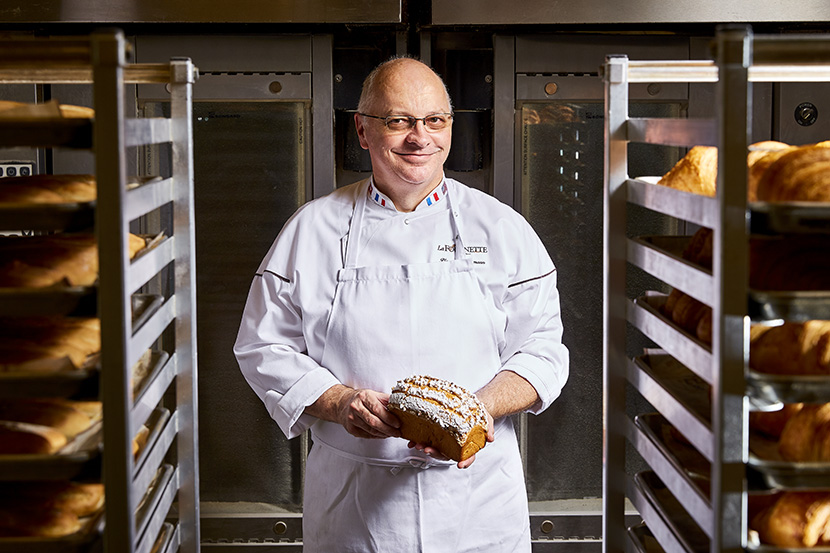
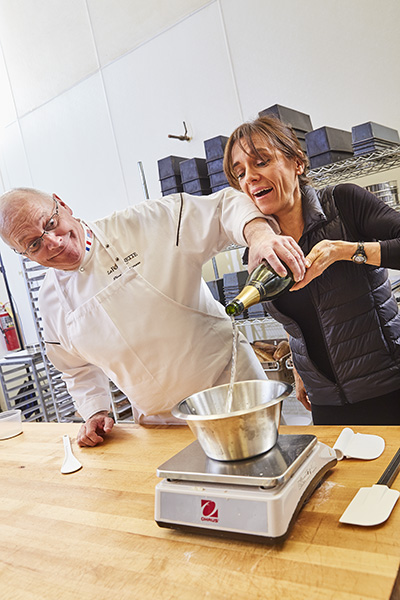
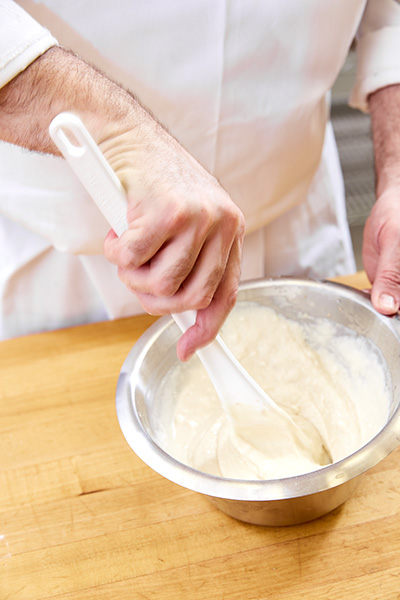
How did you arrive in Chicago?
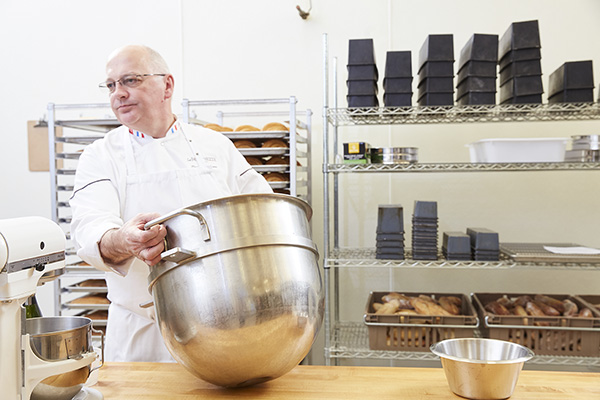
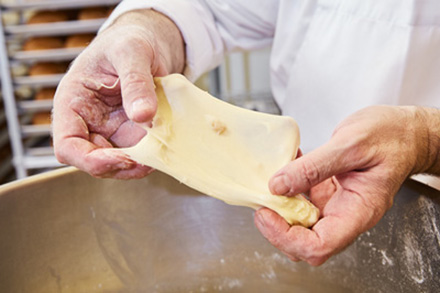
How was the transition to increased production?
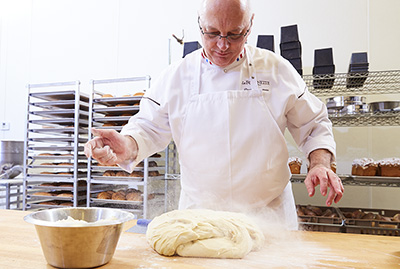
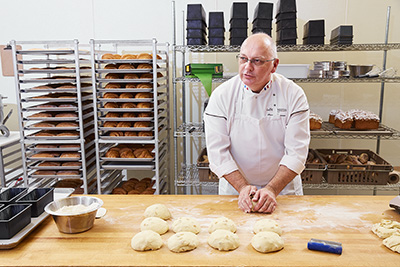
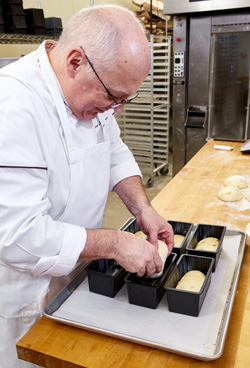
How do you explain La Fournette’s success?
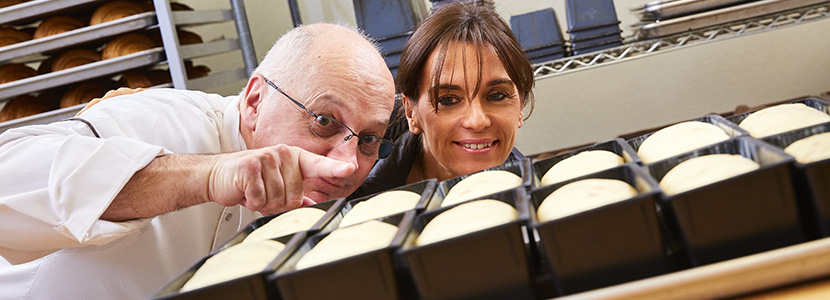
How do you maintain a traditional mode of production when you produce so much?
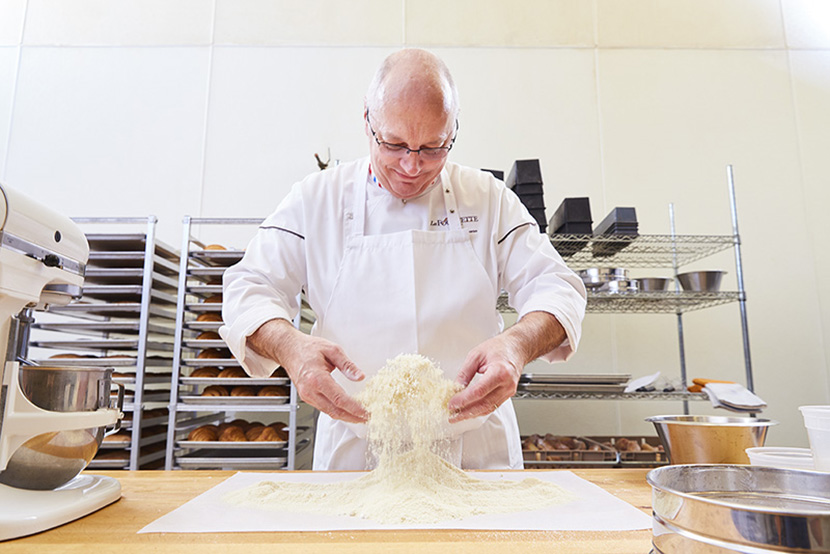
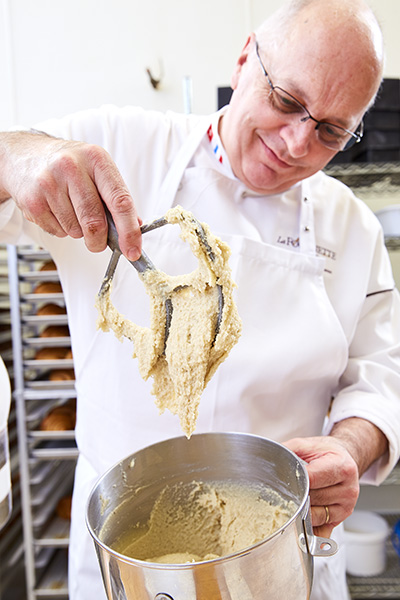
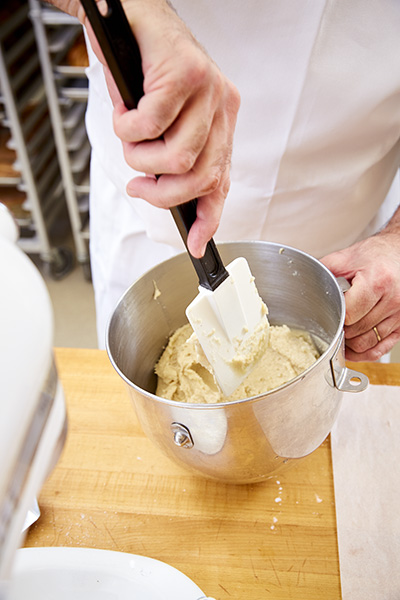
Does the majority of your turnover come from B to B marketing?
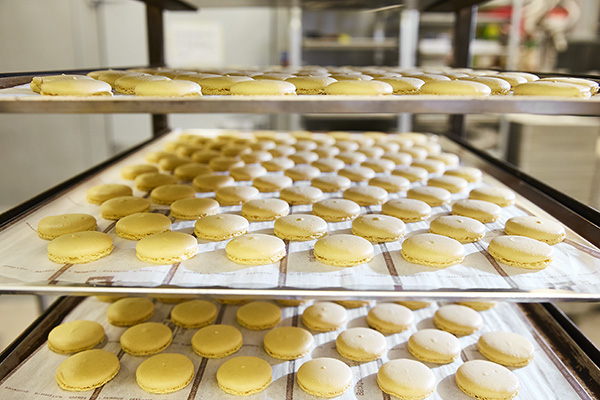
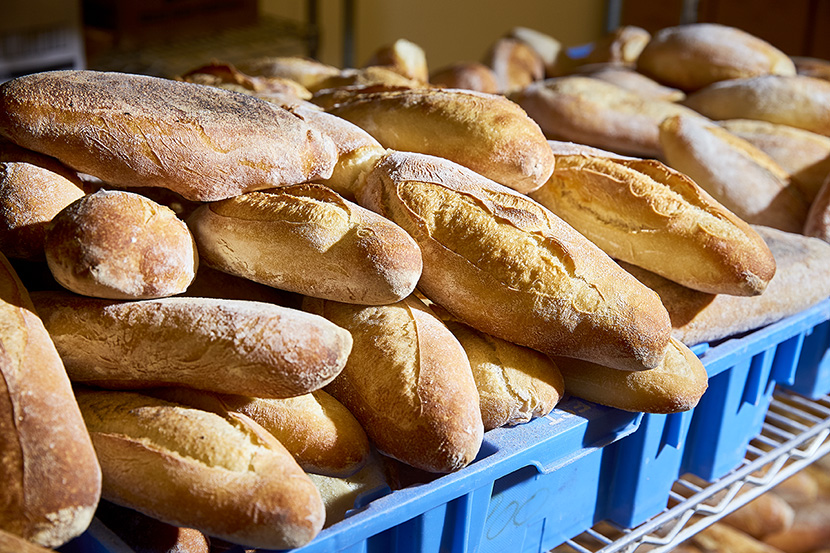
Since when does this demand for traceability exist in Chicago and the United States in general?
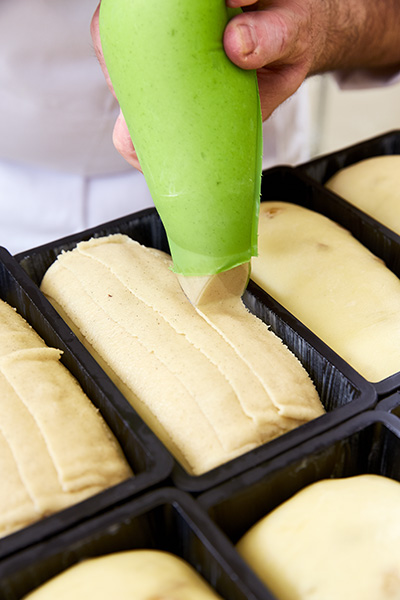
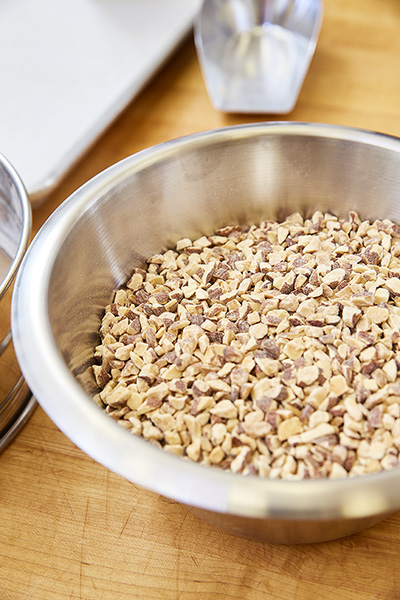
When did you start working with Matfer?
They say to themselves : “this is a specialist, and if he chose this brand, then there is a reason for it!”
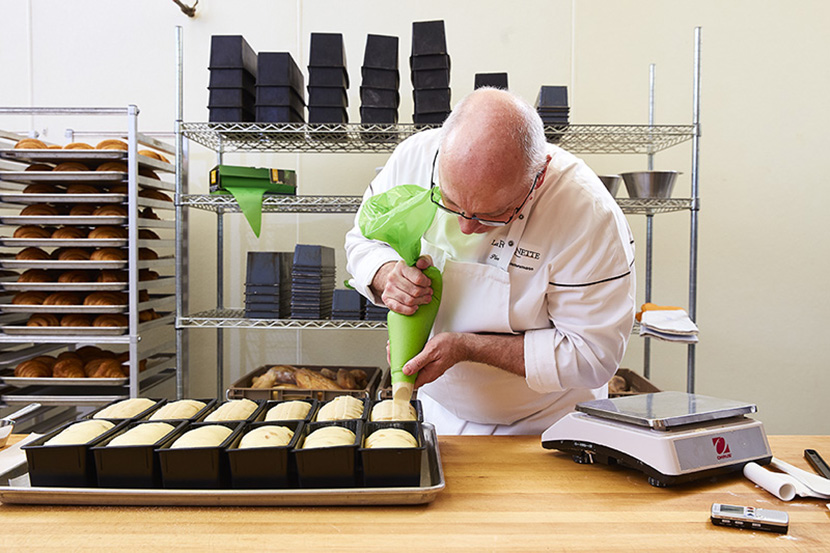
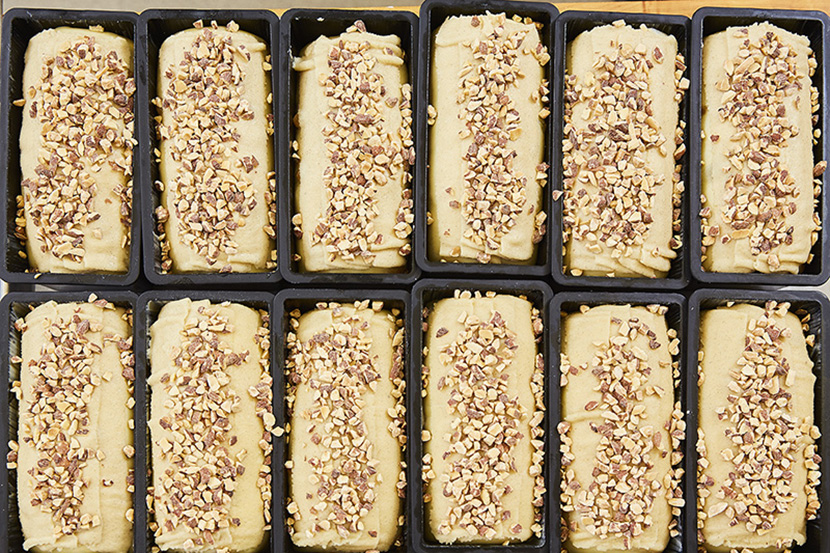
What utensil do you prefer using?
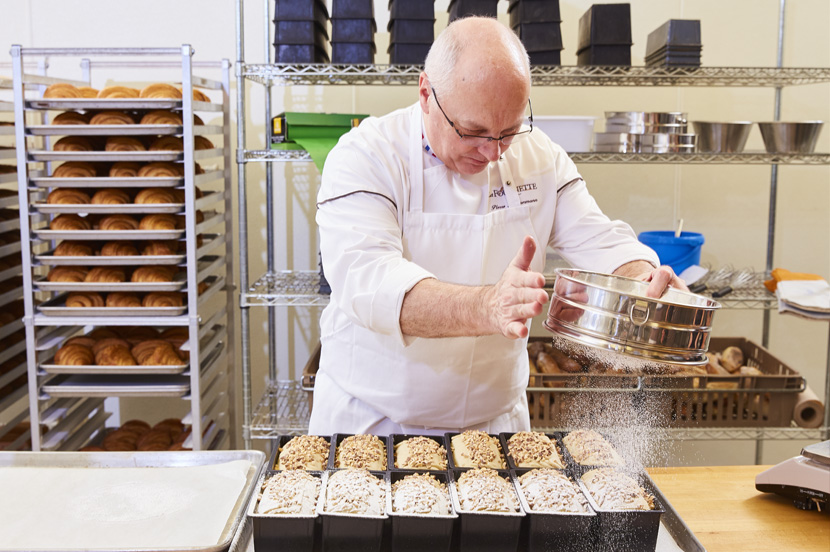
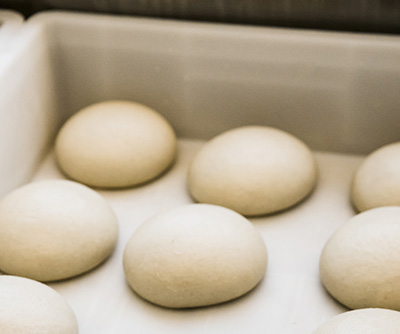
Another indispensable product?
Could you share a chef’s tip with us?
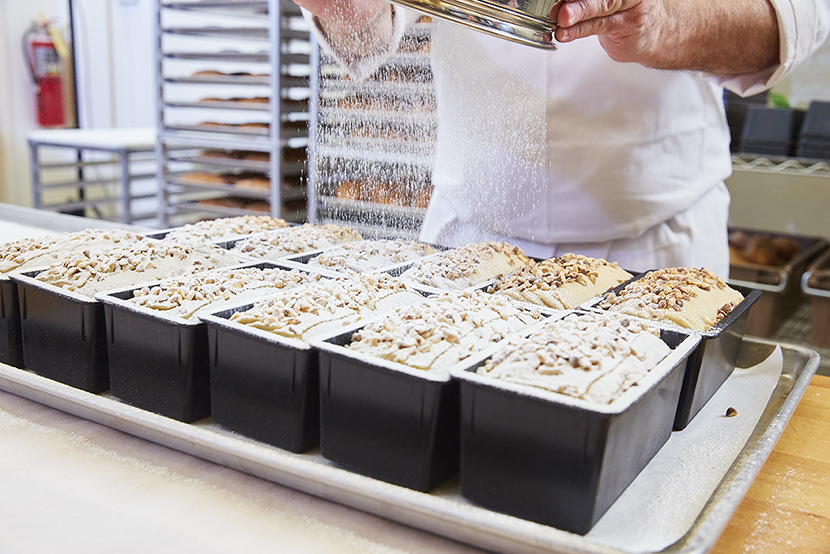
And finally, do you miss the Alsace?
the “Alsatian mafia” rules! (laughter)
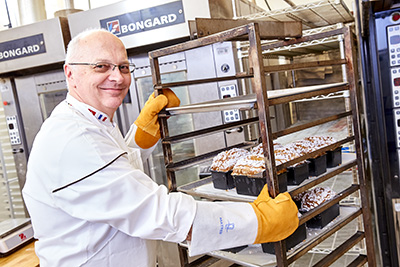
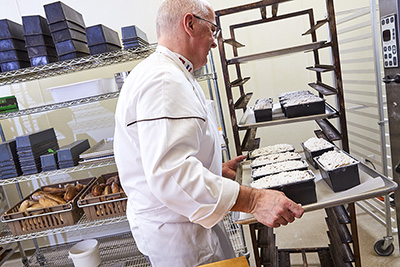
At the age of 15, Pierre Zimmermann started an apprenticeship at Naegel, a patisserie in the heart of Strasbourg where his friend Jacquy Pfeiffer, co-founder of the French Pastry School (Chicago), also made his debut. Two years later, he ‘returned home’ and joined the family bakery in Schnersheim in the Alsace, where he proudly represented the fourth generation. At the same time, Pierre pursued his studies at the Chambre des Métiers d’Alsace and the Lenôtre school in Paris. He sat the Brevet de Maîtrise (Master’s qualification) in pâtisserie-confectionery-ice cream and that of baker, before brilliantly entering the competition arena. In 1996, it’s the Holy Grail: he won the Bakery World Cup. In 2008, it’s he who coached the French team at the World Cup and is yet again victorious. At the same time, between 2000 and 2010, he taught at the renowned French Pastry School, where he proposed the bakery-viennoiserie programme and created the “Bread program – l’Art de la Boulangerie”. In 2010, he founded La Fournette, working with his wife Michèle and their two sons, Luc and Nicolas.
Master Baker, Master patissier and Bretzel d’Or, Pierre Zimmermann is also Member of the Académie Culinaire de France (The French Culinary Academy). He also won the prize for “Best Baguette Chicago 2017”.
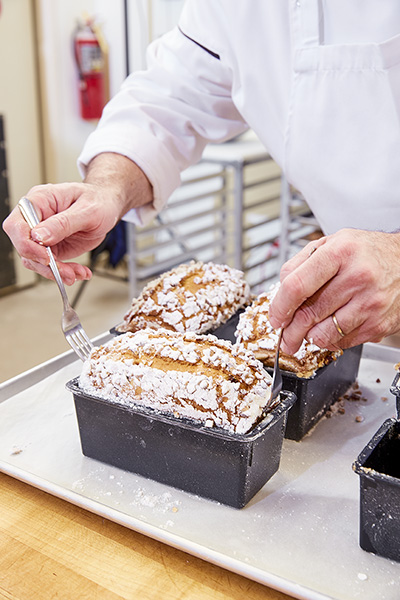
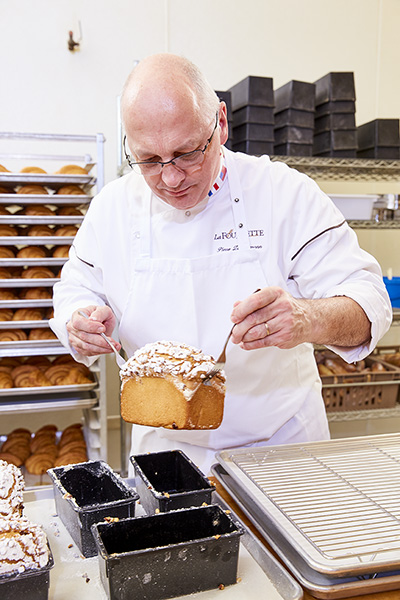
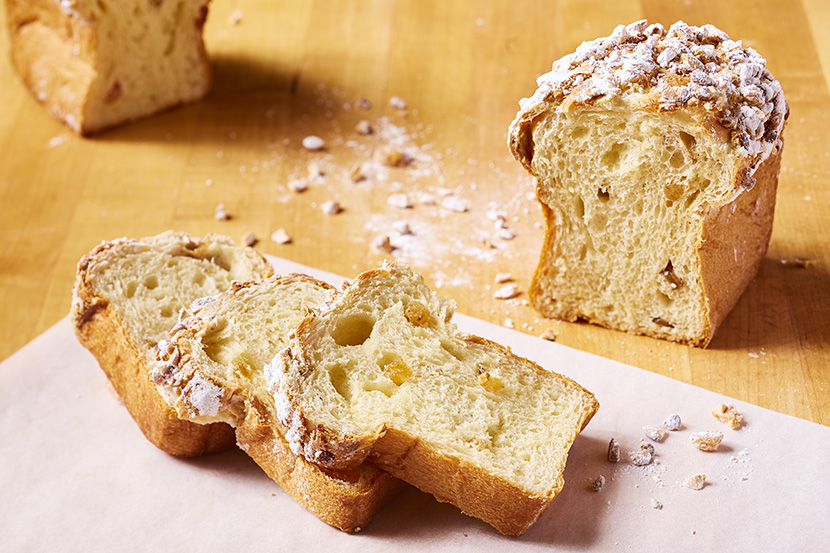
Matfer and the master baker Pierre Zimmermann
Always proud to present French culinary expertise outside the frontiers of his native land, master baker Pierre Zimmermann hasn’t forgotten the quality of French products and cooking accessories, including Exoglass baking tins from Matfer-Bourgeat. At Europain 2018, he was able to demonstrate the quality of these pastry and baking accessories, which he uses every day.
This “new generation” of tins is an essential element of his kitchens. Its unique composition prevents the dough and the preparation from staining or oxidising. This is an essential feature for long fermentation processes. What’s more, it doesn’t stick. It is perfectly suited to creat and prepare breads and pastries in the old style, in very large proportions. Exoglass tins also adapt to all preparations, including baking directly in the tin. These tins have become Pierre Zimmermann’s favourites. He doesn’t hesitate to talk about these robust, reliable utensils as a long-term investment.
Find all our chefs’ interviews, including Jet Tila and Béatriz Gonzalez.
